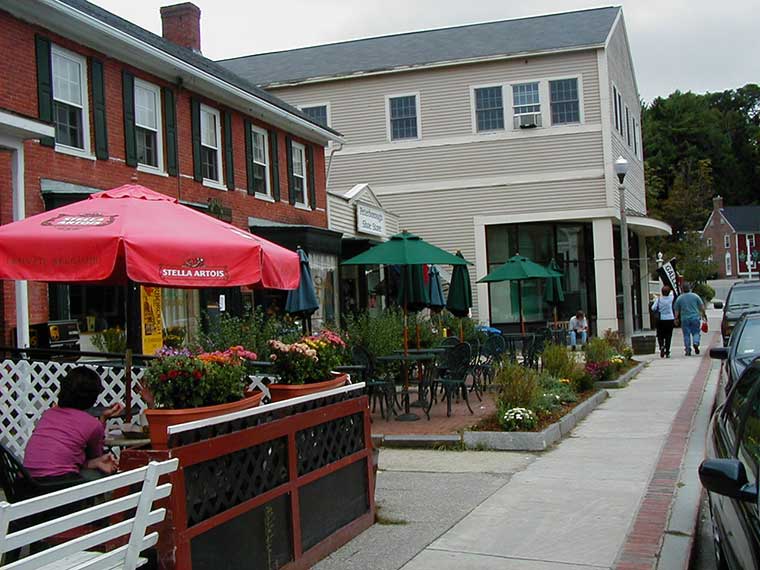Walkable & Bikeable Communities
For years, communities have been designed to be automobile dependent. Buildings are typically spaced far apart from each other with no sidewalks, crosswalks or pedestrian / bicycle facilities to allow for safe access other than by driving an automobile.
This auto-focused development is viewed as ecologically unsustainable and unsafe for both motorists and pedestrians. Communities seeking to become more bicycle and pedestrian friendly should consider more traditional design practices that provide safe, convenient opportunities for walking and biking to key destinations such as school or work. Transitioning to this type of development will help reduce air pollution, loss of open space, costly road maintenance and public
health services, and loss of a sense of community.
To make your community more walk or bike friendly consider some of the following strategies:
> Pedestrian Oriented Development
> Inventorying Existing Conditions
> Planning for Pedestrian Facilities
> Planning for Bicycle Facilities
Resources
Separated Bike Lane Planning and Design Guide. FHWA’s guide outlines planning considerations and design options for this innovative bicycle facility. It provides information on one and two-way facilities, outlines different options for providing separation, and highlights midblock design considerations including driveways, transit stops, accessibility, and loading zones. Intersection design is also taken into consideration, including the related operations, signalization, signage, and on-road marking concerns.